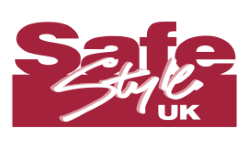“Over the past three years, Dermalogica have built up a good working relationship with the management and sales team at Key IVR and will be shortly working together on other exciting projects. Since introducing the platform into our contact centres, managing payments has been made easier and safer for our consumers.”
PCI DSS COMPLIANT PAYMENT COLLECTION SYSTEMS
We provide a range of PCI DSS v4.0 Level 1 compliant IVR, Contact Centre, web and SMS payment solutions,
hosted in our secure data centres and trusted by hundreds of clients, including…
LEARN MORE ABOUT PCI COMPLIANCE
Why should you choose Key IVR?
- PCI-DSS v4.0 Level 1 certified data centres
- We process over £1.7 billion annually
- Registered with Visa, Mastercard, and other major card providers
- Platform recommended by the Chartered Institute of Credit Management
- Customers and Partners throughout Europe and the United States
- Privately owned business trading since 2008
- Over 200 happy clients, saving money on secure payment solutions
DON'T JUST TAKE OUR WORD FOR IT

Gemma Evans

“Agent Assist has been a fantastic addition to our call centre ensuring that no card data enters our environment. As we deal with a wide demographic of customers, using their telephone keypad to pay is something they often haven’t done before.”
Greame McCartney

“Marston Group are now able to offer clients 24hour access to balance information with automated payment functionality.
A reduction of inbound calls directed at the contact centre has saved us money; enabling us to increase the level of customer service received by callers for non-payment related issues.”
Marston Group

“In short, Key IVR has provided Safestyle with quick, efficient and secure payment method for our customers, giving them consumer confidence and therefore adding to the many reasons customers already choose to use Safestyle.”
Martin Abraham

“The team at Key IVR are very approachable and totally professional throughout our journey with them and have provided necessary reassurances along the way.”
Vehicle Trading Group

“We have seen a rise each and every month in the number of customers using card payment as their payment method, and have managed to reduce the traffic of calls coming directly into our customer services team by having the system in place to take these calls & payments.”
West Kent Housing Association
ACCREDITATIONS































